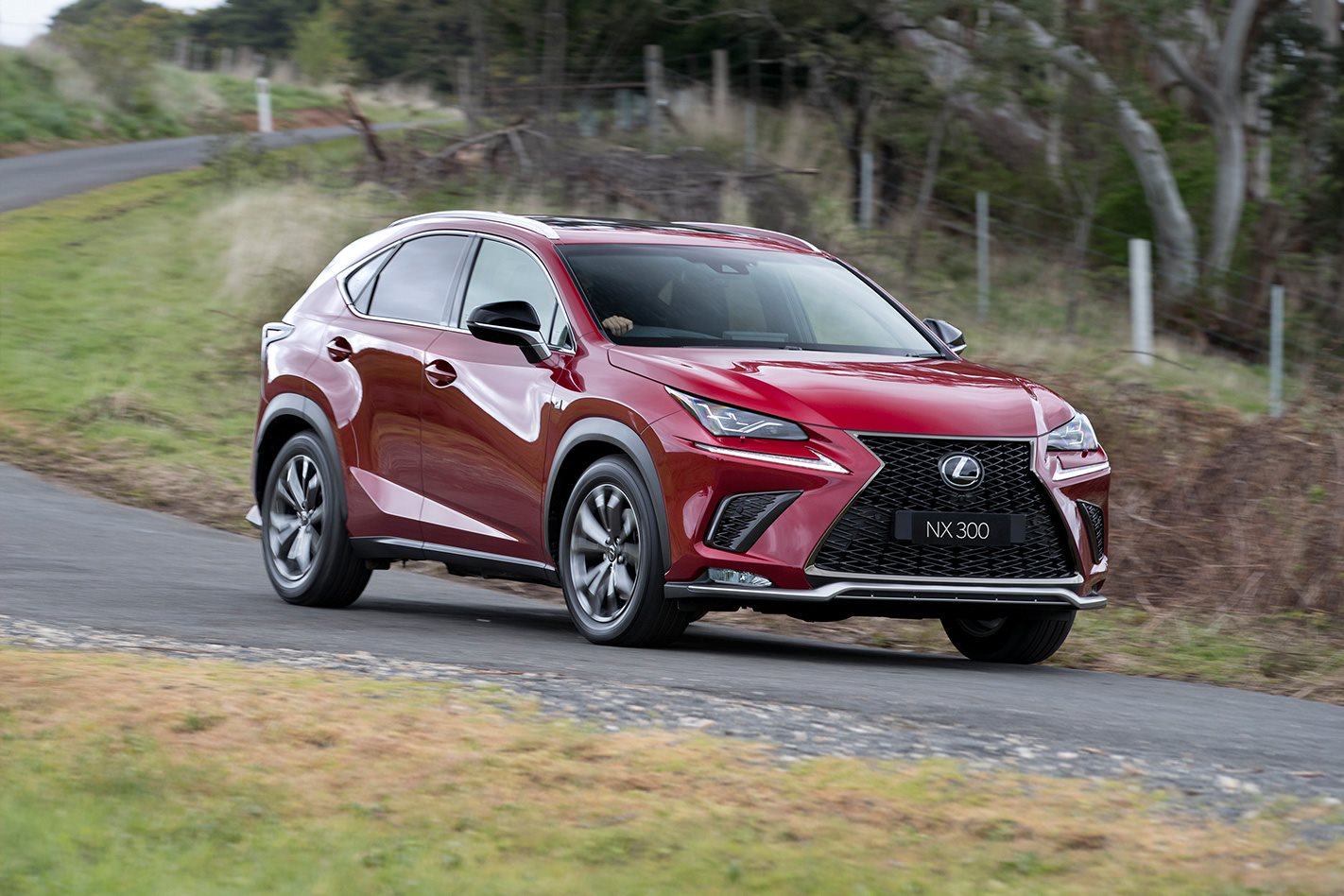Things we like
- Likeable 2.0-litre turbo engine
- Solid build quality
- Improved infotainment system
- More equipment as standard
Not so much
- Limited updates for 2018 model year don't keep pace with rivals
- No powertrain changes
- Firm ride
Midsize SUVs are all the rage these days – especially in the luxury market – and private school car parks across the country are thick with GLCs, Q5s and X3s.
The Lexus NX range arrived in 2014 at a critical time for the Japanese luxury automaker, giving it a core new model at a time when the SUV craze really began to light the ‘burners.
However, while the NX has proved to be a top-seller for Lexus, it’s never been at the pointy end of its own segment. This mid-life update aims to go some way towards rectifying that.
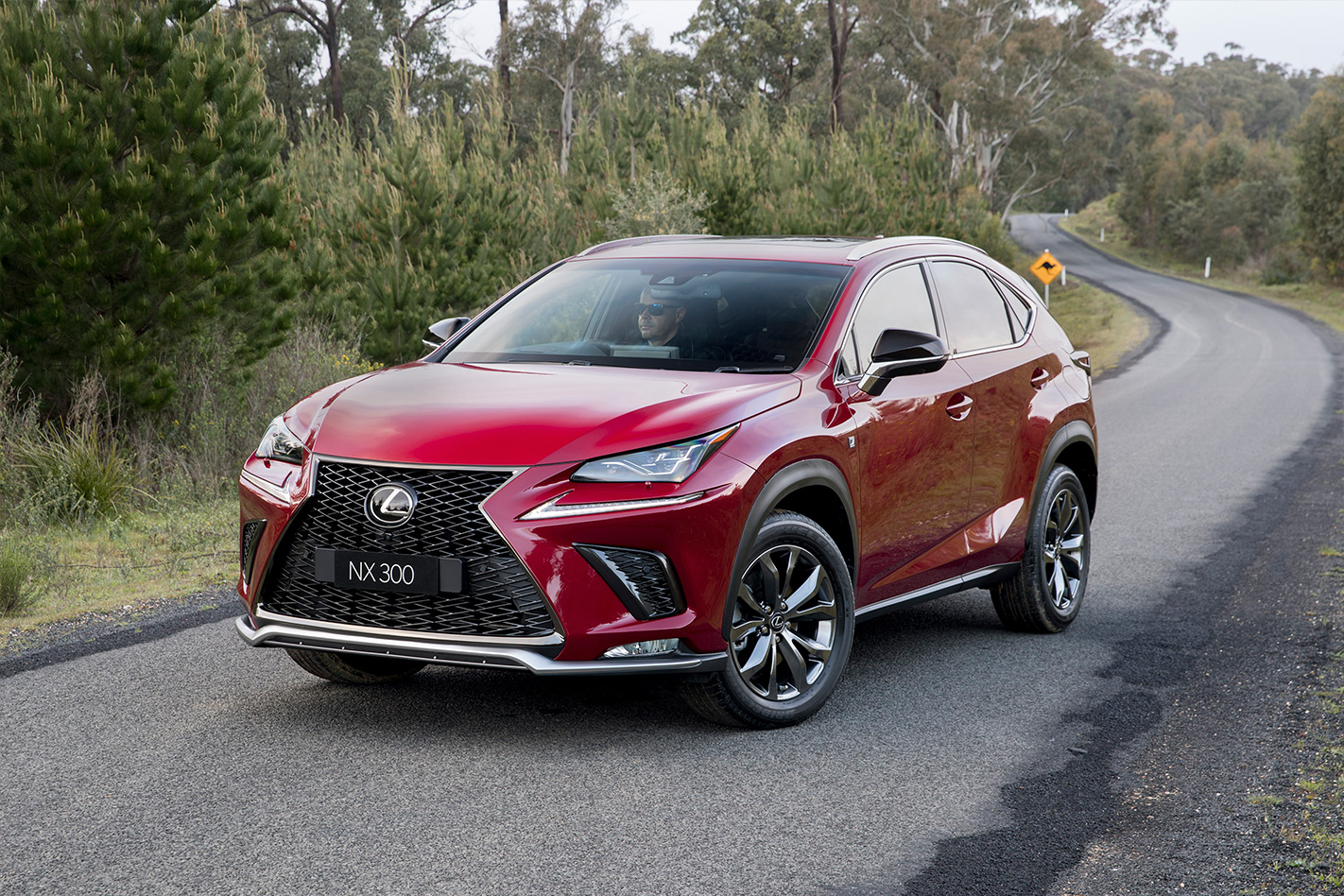
The first major update to the Lexus NX. Big changes are limited to how the models are specced – a wider application of active safety gear as standard, for example – while cosmetically there are few alterations. Inside and out, bar some extra colour choices, slightly tweaked body plastics and infotainment upgrades, the new NX looks pretty similar to the old one. Autonomous emergency braking is standard on all models now though, which is definitely a move in the right direction.
WHY WE’RE TESTING IT
Lexus reckons it has improved the way the NX rides and handles, which is good news considering its first attempt at the car failed to impress in those areas. Other changes are minor, though there’s a new infotainment setup to play with, and a few upgrades to standard equipment levels.
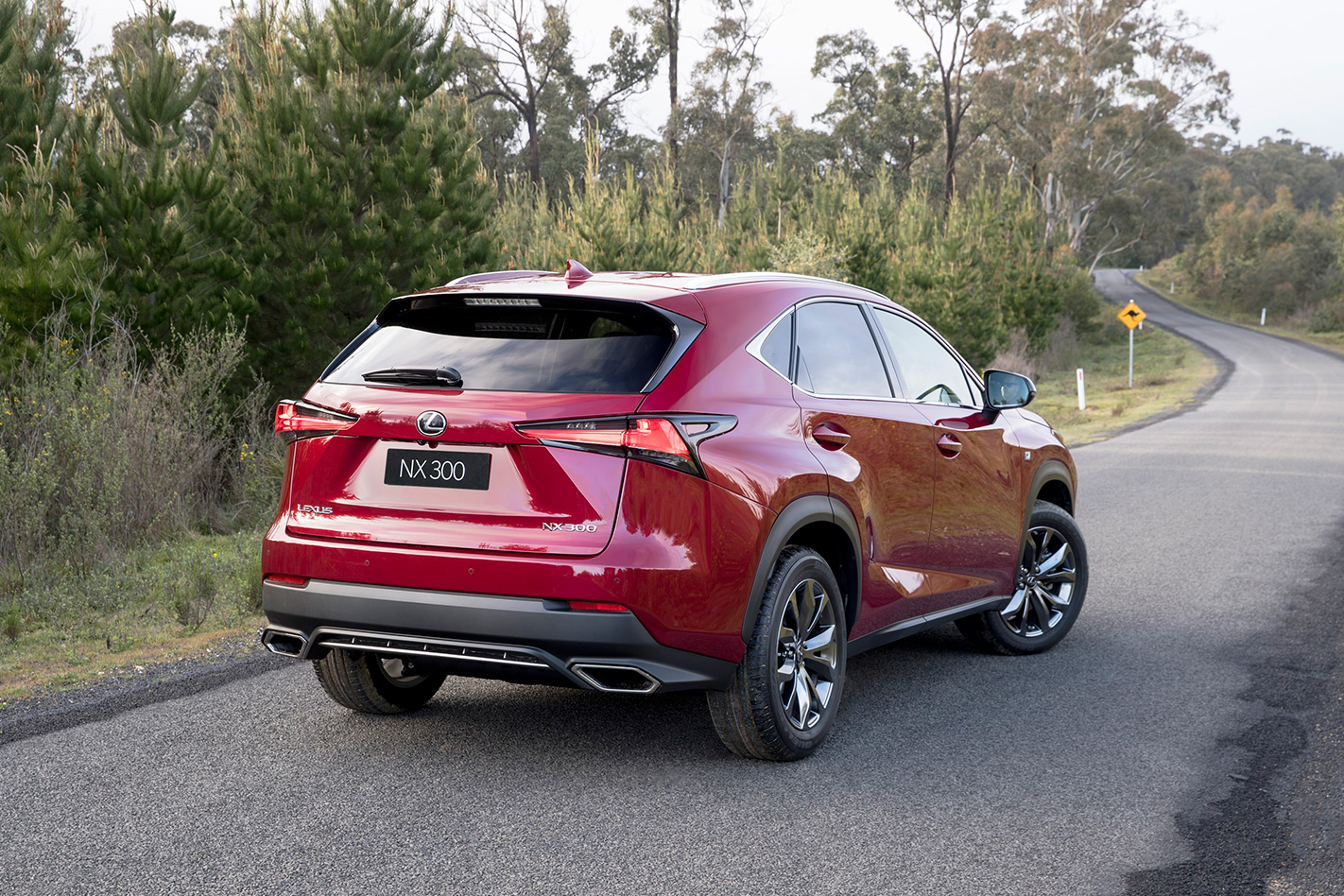
THE WHEELS VERDICT
You’d normally expect a car to get better and better as you ascend through its model hierarchy, but in the NX’s case that’s definitely not true. The base model NX300 Luxury is the brightest member of this family, and that’s largely thanks to the fact it’s not equipped with the ineffective adaptive suspension that’s standard-fit on the mid-grade F-Sport and high-trim Sports Luxury.
With no upgrades under the bonnet for this mid-life refresh, there’s still no reason to recommend the slack 300h hybrid variant. Unless you’re happy to sacrifice driveability in the pursuit of fuel economy, that is. Stick with the petrol turbo. There’s more kit on offer to justify a slight price rise, but unfortunately the changes applied for the 2018 model year don’t go far enough to keep the NX in the same league as its German rivals.
For now, the only measurable advantage it has against its more sophisticated competitors is its price – with retail stickers starting in the mid-$50k region, the NX is roughly $10k more affordable than the German-badged options.
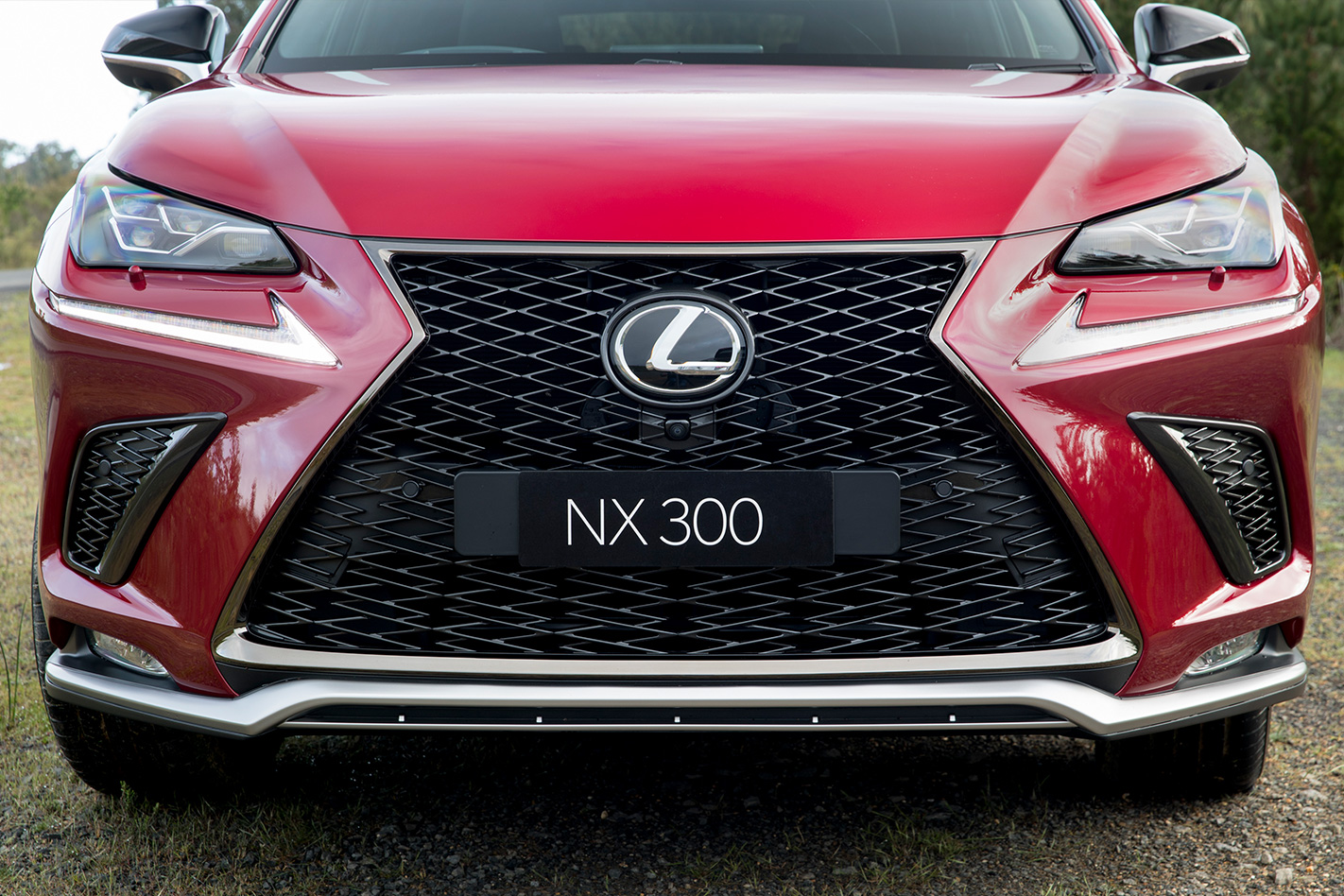
THE WHEELS REVIEW
LEXUS is a relative newcomer to the mid-size SUV game, but since launching in 2014 the company’s NX model family has quickly become its top-seller in Australia. However, that’s more a result of it being a mid-size SUV rather than a superior product to other vehicles in the Lexus stable. Because it isn’t by a long shot.
Lexus has knocked things out of the park on its first try before – think original LS400 that put the brand on the map, or perhaps the first-gen IS – but unfortunately the NX hasn’t been quite as compelling. It may be a popular choice within Lexus showrooms, but out on the streets it’s a different story. The Europeans dominate.
Now halfway through its lifecycle, this is the NX’s chance to redeem itself. The bodywork is largely carry-over, but squint and you’ll find bi-LED headlamps on all models, new taillight graphics, reshaped bumper plastics, tweaked grilles and new wheels.
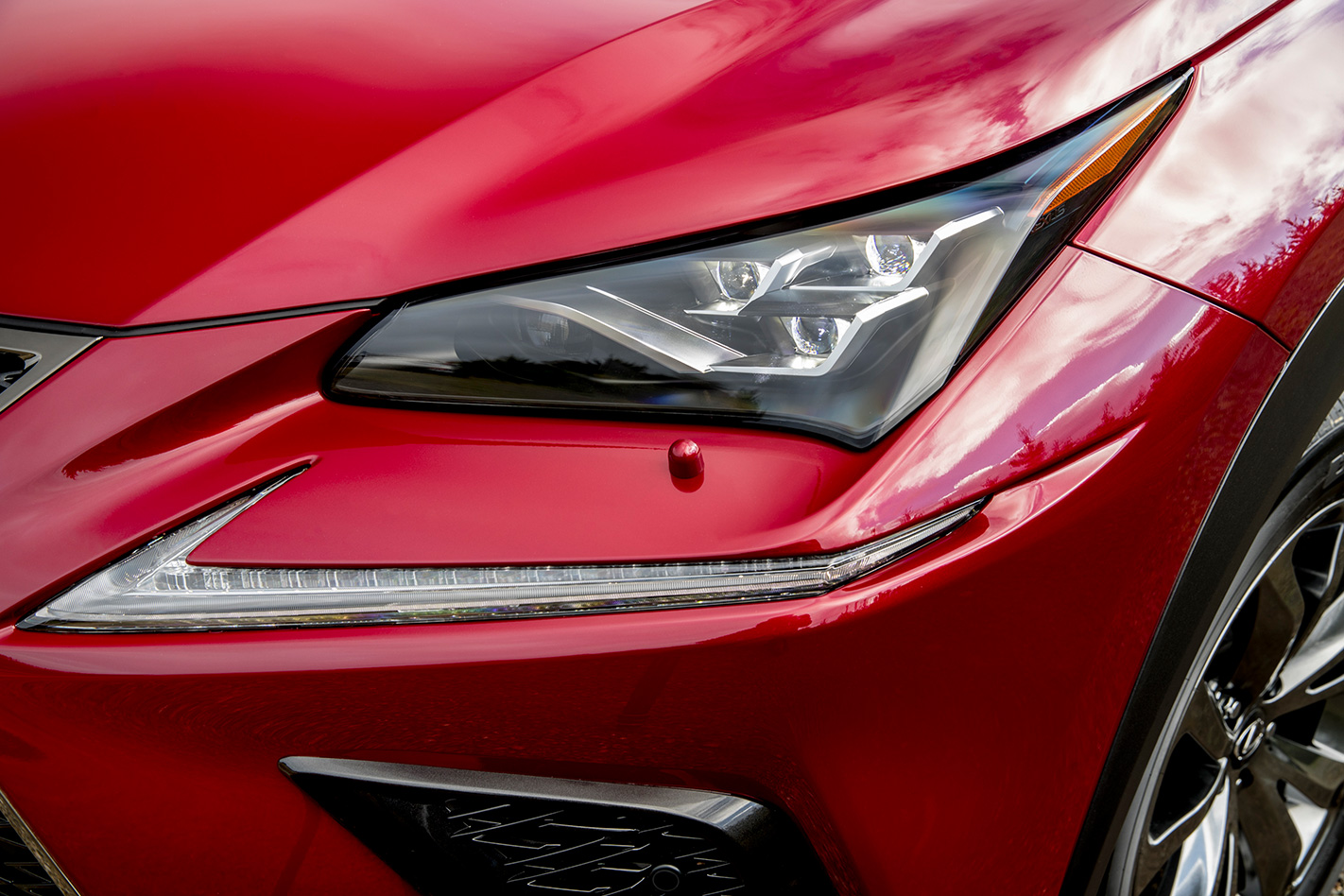
And that means the same usability issues carry over. It’s easy to get lost in the button-heavy centre stack, and there’s only a token shelf squeezed between the ventilation and audio controls that isn’t big enough for any contemporary smartphone. It all feels rock-solid and well built, but visually and ergonomically this is one messy design.
At least the infotainment issue has been addressed, with the latest iteration of Lexus’ touchpad interface now standard equipment across the NX range along with the aforementioned big screen. The laptop-style touchpad’s responsiveness to inputs has vastly improved, it’s still a clunky system to navigate through. At least it means the pre-update model’s stingy 7.0-inch screen has been turfed forever.
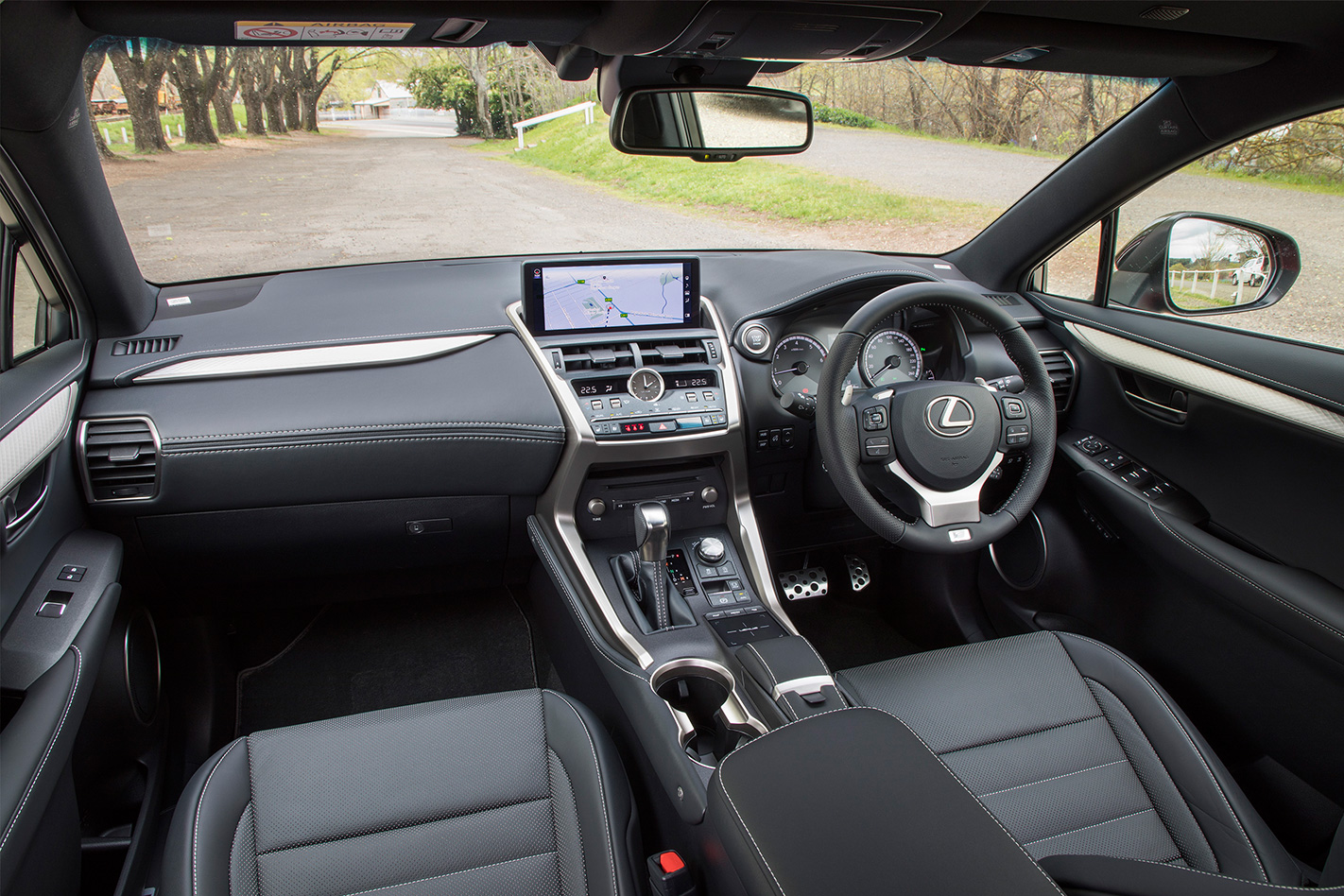
There’s no change to the 2.0-litre turbo petrol four in the front of the NX300 (formerly known as the NX200t), though that engine and its six-speed auto have always been good partners for the NX. Weighing a minimum of 1700kg – add 70kg for the AWD 300 Luxury we’re testing here – it’s a heavy thing, but the turbo four doesn’t sweat too much.
What grates, though, is the ride. Suspension improvements that see stiffer stabilisers, low-friction dampers and myriad other minute spring and damper setting alterations do improve the NX’s handling somewhat, but on the 300 Luxury, with its passive dampers, it’s not as compliant as some of its key rivals.

And that’s a problem given Lexus’ rivals aren’t sitting on their hands. BMW and Audi have just launched new-generation models of the X3 and Q5 – both of which have impressed us greatly – while Alfa Romeo is also entering the fray with its Stelvio, which, unlike the NX, boasts genuine driver appeal.
Even high-end variants of mainstream mid-size SUVs like the Volkswagen Tiguan and Peugeot 3008 are more compelling than the Lexus. That’s not good news for Japan’s premier luxury carmaker.
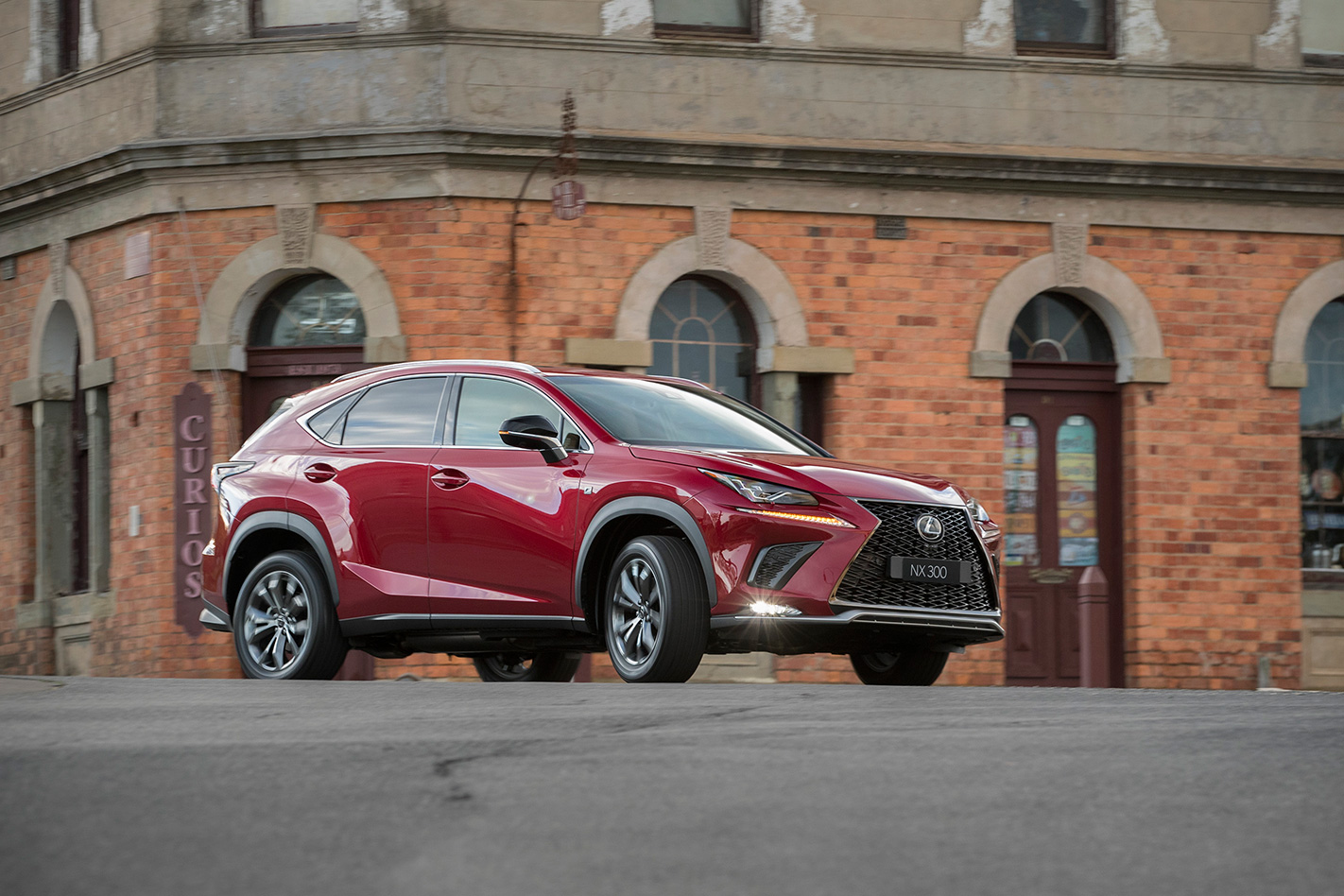
Buy a petrol-powered Luxury model and throw the $6000 enhancement pack at it to gain a panoramic glass roof, 14-speaker Mark Levinson audio, and colour head-up display. In that configuration, the NX is at its most compelling.
2018 LEXUS NX300 LUXURY AWD SPECS
- Model: Lexus NX300 AWD Luxury
- Engine: 1998cc 4cyl, dohc, 16v, turbo
- Max power: 175kW @ 4800-5600rpm
- Max torque: 350Nm @ 1650-4000rpm
- Transmission: 6-speed automatic
- Weight: 1770kg
- 0-100km/h: 7.1sec (claimed)
- Economy: 7.9L/100km (claimed)
- Price: $59,300
- On sale: Now
Things we like
- Likeable 2.0-litre turbo engine
- Solid build quality
- Improved infotainment system
- More equipment as standard
Not so much
- Limited updates for 2018 model year don't keep pace with rivals
- No powertrain changes
- Firm ride
We recommend
-
 Reviews
Reviews2024 Lexus NX 250: Quick review
The most affordable NX kicks off the range with plenty of luxury to offer
-
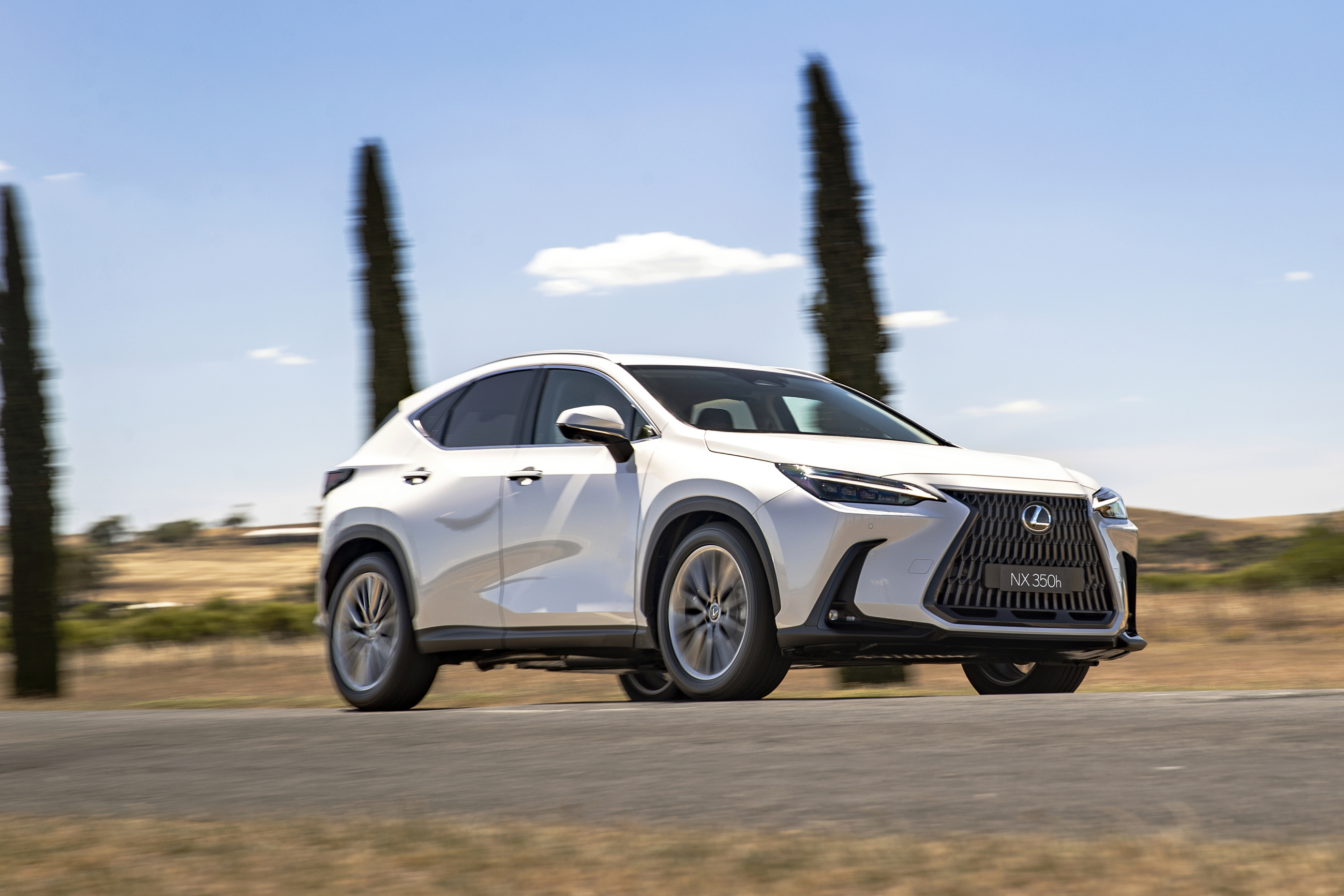 Reviews
Reviews2022 Lexus NX350h review: Australian first drive
The new-generation NX medium SUV brings new looks, upgraded powertrains and an all-new driver interface. But does it still feel like a Lexus?
-
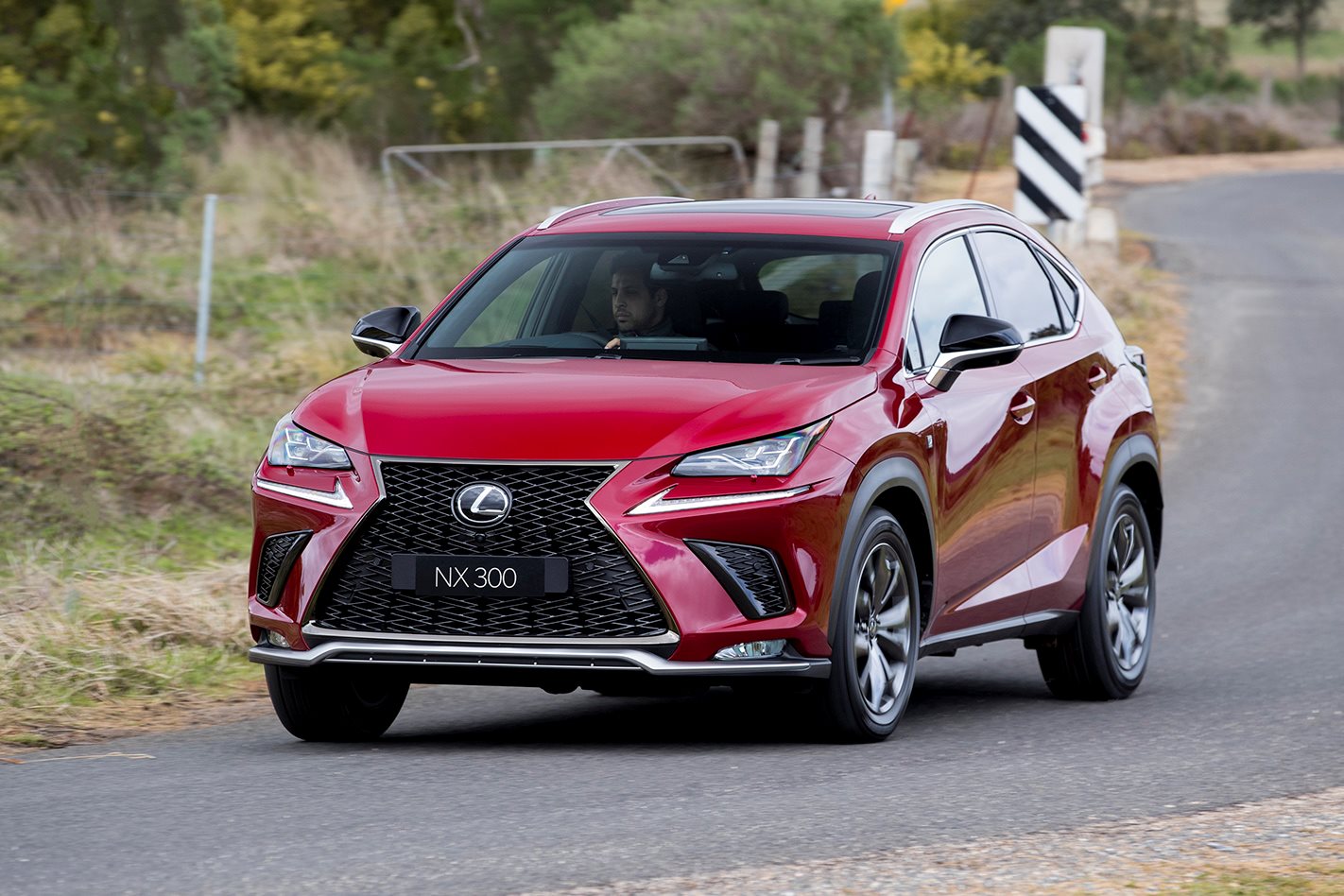 Reviews
Reviews2020 Lexus NX Review
The Lexus NX is a distinctive looking medium SUV with a richly appointed cabin and a great reputation for reliability. You can have turbo-petrol or petrol-electric hybrid power.

